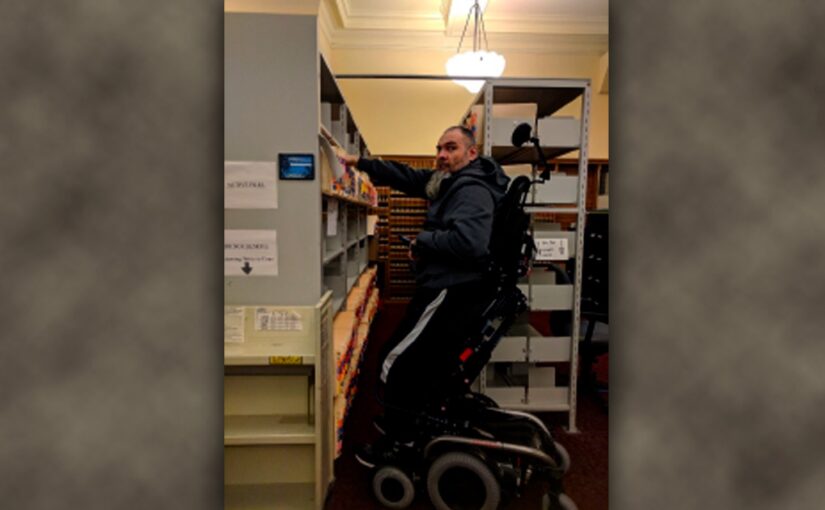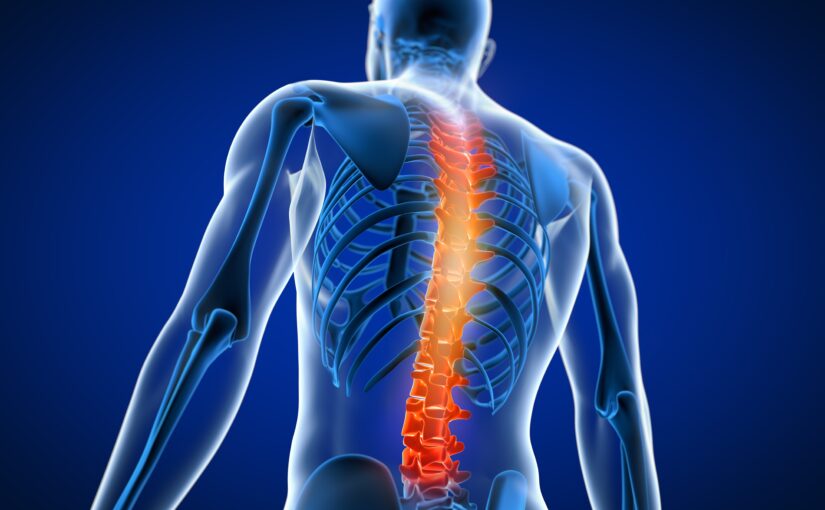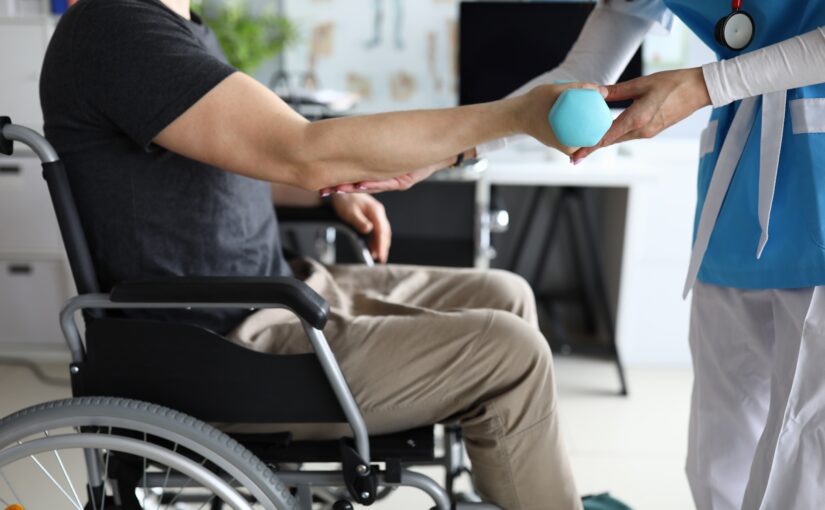Newnan, Georgia (January 16, 2024) — ATF Medical, a national provider of complex equipment and adaptive housing programs in the workers’ compensation industry, has launched its “Making Complex Simple” educational series for case managers. Each of the three free courses in Quarter 1 offers a one-hour continuing education credit for Certified Case Managers and State Nursing licenses.
Designed for professionals who manage complex and catastrophic workers’ compensation claims, the courses dive into different aspects of complex rehab technology and home modifications.
“We believe it’s critical to provide credible education on these complex products and services to our partners,” said Brendan Swift, Vice President, Payer Partnerships & Marketing. “Ongoing advancements in technology drive the need for continued education and awareness. This series is just another way ATF Medical works to provide support, communication and knowledge to our partners, nationwide.”
Making Complex Simple – Quarter 1 Courses:
Introduction to Complex Rehab Technology (CRT) / January 31, 10 a.m. ET/7 a.m. PT
Selecting the optimal power wheelchair for a specific injured worker with an overview of the types, features, and uses of equipment.
Registration link: https://atfmedical.zoom.us/webinar/register/9217049082209/WN_WWJCqRamRvyBakQhYVsE3A
Benefits of Standing Wheelchairs / February 28, 10 a.m. ET/7 a.m. PT
Avoiding health risks associated with long term wheelchair use and multiple clinical and psychological benefits when standing features are added to wheelchairs. Registration link: https://atfmedical.zoom.us/webinar/register/4517049083588/WN_kyIvArIyTheXuaqy-HILHA
Introduction to Home Modifications / March 27 10 a.m. ET/7 a.m. PT
Providing safety, accessibility and mobility to the injured worker after discharge. Adaptive housing products, methods, common pitfalls, ways to avoid unnecessary costs. Registration link: https://atfmedical.zoom.us/webinar/register/1417049084472/WN_CGCKZPQ3QsWtlClyDsVyEQ
Plans call for holding free educational webinars each month. Open to all workers’ comp professionals, each course makes a one-hour continuing education credit available for Certified Case Managers and State Nursing licenses in all 50 states. ATF Medical partnered with the CEU Institute to provide the CEUs. For more information on the courses, credits or registration, please contact Abbi Akstulewicz at aakstulewicz@atfmedical.com
About ATF Medical ATF Medical (After the Fall, Inc.) the premiere workers’ comp complex equipment and adaptive housing provider, supplies fully integrated mobility and accessibility solutions for workers’ compensation payers and injured workers nationally. The company specializes in complex cases and coordinates all rehabilitation and accessibility needs, including home modifications and vehicle modifications. Based in Newnan, Georgia, ATF Medical can be reached via www.atfmedical.com or by calling 877-880-4283.
# # #
Media Contact: Helen King Patterson, APR, King Knight Communications, 813-690-4787, helen@kingknight.com

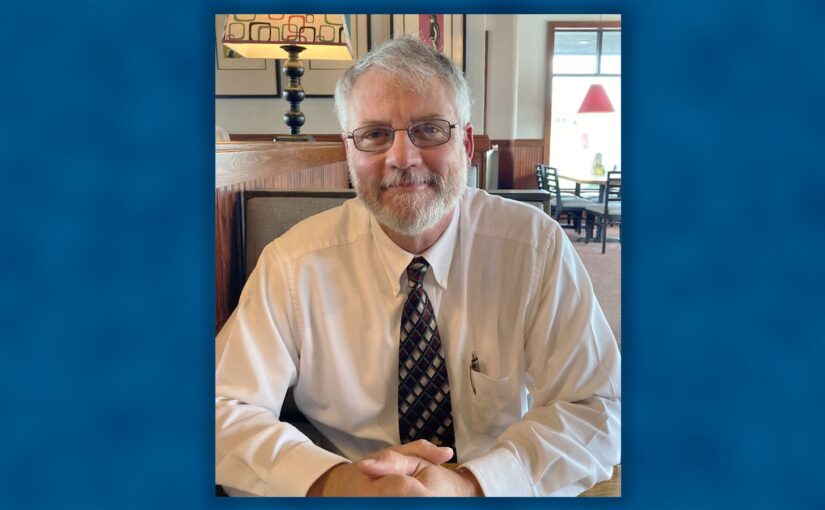
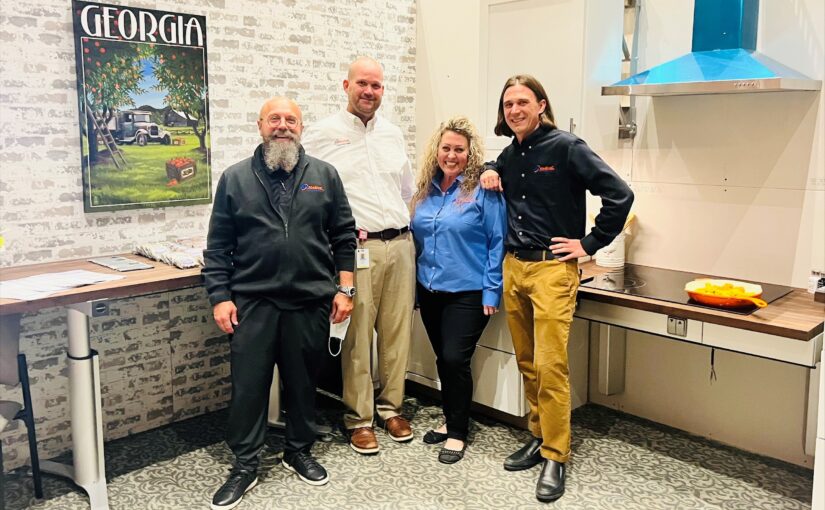
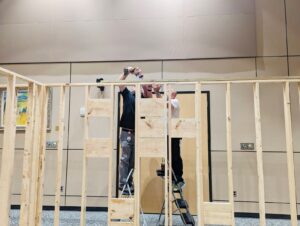
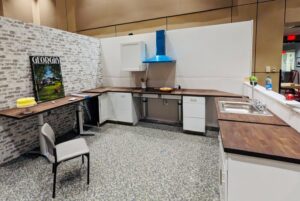 The kitchen cabinets and appliances are positioned for an injured worker who uses complex mobility equipment. This life-sized exhibit allows our clinical partners, clients, and injured workers to truly experience how a kitchen modification can positively impact patient outcomes!
The kitchen cabinets and appliances are positioned for an injured worker who uses complex mobility equipment. This life-sized exhibit allows our clinical partners, clients, and injured workers to truly experience how a kitchen modification can positively impact patient outcomes!



